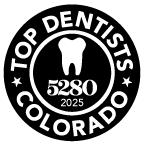
Can Swimming Impact Oral Health?
SWIMMING IS A FANTASTIC way to stay active and healthy, especially during the warmer…
July 9, 2025
No Comments

How to Teach Your Kids Dental Health Habits
BUILDING STRONG DENTAL health habits early in life sets the stage for a lifetime of healthy…
June 25, 2025
No Comments


